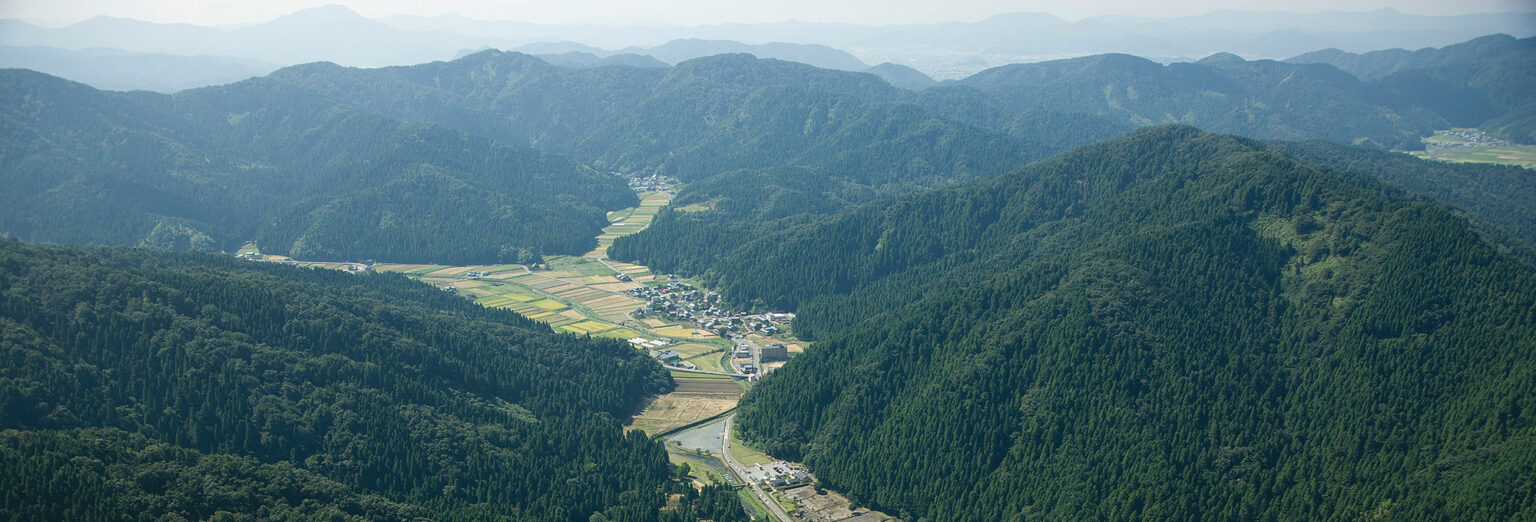Anthropology
Related: About this forumLost City of the Samurai
May/June 2025
Features May/June 2025
By Jason Urbanus
Archaeologists rediscover Ichijodani, a formidable stronghold that flourished amid medieval Japan’s brutal power struggles


Ichijodani Asakura Family Site Museum
On the outskirts of Fukui, a city of a quarter of a million people in central Japan, a handful of shops and restaurants, a smattering of homes, and a few rice fields line the Ichijo River as it snakes its way through a narrow valley protected on three sides by mountain ranges. Locals as well as tourists enjoy the valley’s scenic beauty, but on the surface there’s nothing particularly noteworthy about the spot. However, a deep history lurks beneath the serene landscape. Few places in Japan are less populated today than they were five centuries ago—but the Ichijo Valley is one of them. It may be difficult to imagine that this was once the location of the lively city of Ichijodani, where events that helped alter the course of Japan’s history took place.
Two swords once carried by samurai have been found during excavations in Ichijodani, one of medieval Japan’s largest cities.
Once a year, in August, festivals attended by thousands transform this placid valley into the thriving metropolis it was from around 1471 to 1573, when the powerful Asakura clan ruled the province of Echizen from Ichijodani, one of medieval Japan’s largest cities. On festival nights, 15,000 lanterns illuminate the dark sky, reflecting what the valley may have looked like 500 years ago, when it was home to as many as 10,000 people. One of the highlights is a procession of men wearing traditional samurai armor and bearing traditional samurai arms in an homage to these elite warriors.
Under the Asakura, Ichijodani grew to rival even the imperial capital of Kyoto, the center of the nation’s art and culture, which had been home to the emperor of Japan and the imperial court since a.d. 794. Though the memory of Ichijodani is kept alive today by the festival honoring its past, there is very little mention of it in history books. History is written by the victors, as they say, and Ichijodani was on the wrong side of history. In 1573, when the city was at its zenith, it was razed by the armies of Oda Nobunaga, one of the most celebrated figures in Japanese history, who helped unify the country and bring to an end a tumultuous century known as the Sengoku or Warring States period (1473–1573).
Obscured under rice fields for 400 years, Ichijodani was only rediscovered by archaeologists in the 1960s. The city was known from medieval letters and court documents, and some Buddhist statues and stone grave markers had remained visible aboveground over the centuries. Nonetheless, archaeologists were stunned by what they encountered beneath the valley floor. The site’s extent and state of preservation were incomparable; Ichijodani was a time capsule preserving a bygone era. After more than 100 excavation campaigns carried out over six decades, some of which continue today, archaeologists can finally resurrect Ichijodani’s past. In the process, they have revealed the most complete picture ever formed of what life was like in a late medieval Japanese samurai city. “Ichijodani is the only site where a wide range of artifacts and archaeological features provide insights into the culture and lives of citizens and lords during the Warring States period,” says Daichi Yamaguchi, curator of archaeology at the Ichijodani Asakura Family Site Museum. “The site’s comprehensiveness has provided us with a wealth of materials to re-create the medieval world.” Ichijodani also offers an in-depth look at the consequences of two samurai armies meeting on the battlefield—only one can claim victory.
More:
https://archaeology.org/issues/may-june-2025/features/lost-city-of-the-samurai/